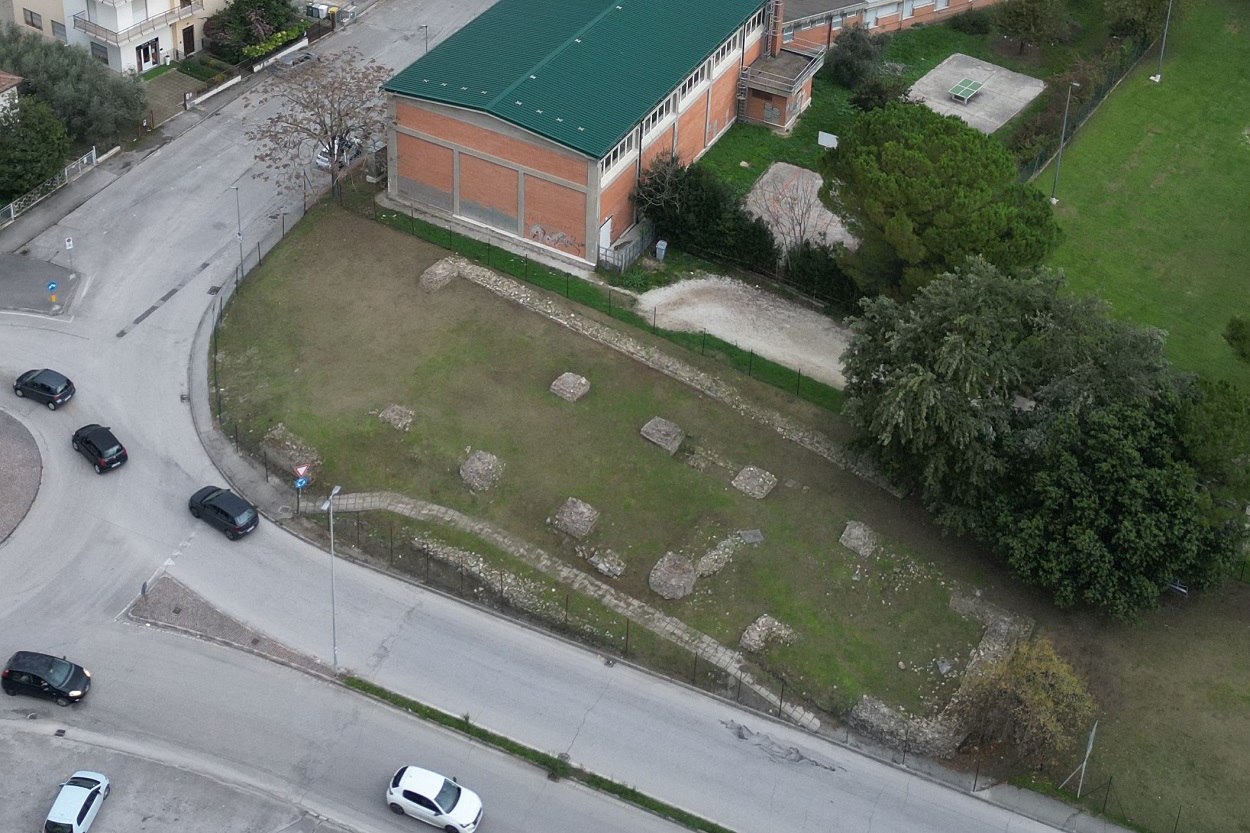A joint Polish and Italian team of archaeologists have uncovered traces of the Abbey of St. Savino, located in the town of Jesi in Italy’s Marche region.
According to 16th-century chronicles, the abbey was founded by the Goths in the 6th century AD. It was later renovated by the Lombards, a Germanic people that conquered most of the Ostrogothic Kingdom of Italy.
The first documented reference of the abbey dates to 1222, when Pope Honorius III, through Papal Bull No. 7, instructed the Bishop of Jesi and the Abbot of San Savino to persuade the people of Jesi to pledge their loyalty to the Church and submit to papal authority.
By the mid-15th century, the abbey and monastic buildings fell into ruin and became largely forgotten, until it was accidently rediscovered near Jesi’s Forum Boario in the 1970’s.
In a new research project to uncover the Abbey’s origins, archaeologists from the Institute of Archaeology at Cardinal Stefan Wyszyński University (UKSW), working in collaboration with ABACO Società Cooperativa, have identified earlier phases of the site’s expansion and construction.
“One of the primary objectives of our research is to confirm the abbey’s ancient origins,” Prof. Welc told Science in Poland. “St. Savino is a unique site that reflects the social, cultural, and political transformations of central-eastern Italy between Late Antiquity and the early Middle Ages. It serves as a key to understanding these historical processes.”
During the project’s initial phase, archaeologists employed non-invasive techniques to document the abbey’s visible remains, which date back to its final construction phase between the 12th and 14th centuries.
“Interestingly, the monastery was constructed using bricks from demolished Roman buildings, which suggests a continuity of settlement in this part of Jesi,” noted Prof. Welc.
Using Ground-penetrating radar (GPR), the researchers revealed three earlier phases of the abbey’s construction beneath its Romanesque-Gothic foundations. According to the study authors, the abbey in its earliest form was a modest building with a single nave.
To date this early phase, exploratory borehole drilling will be necessary, enabling the team to analyse the stratigraphy and any organic materials for radiocarbon dating, thereby providing a clearer understanding of the site’s context.
Header Image Credit : Fabian Welc
Sources : PAP







